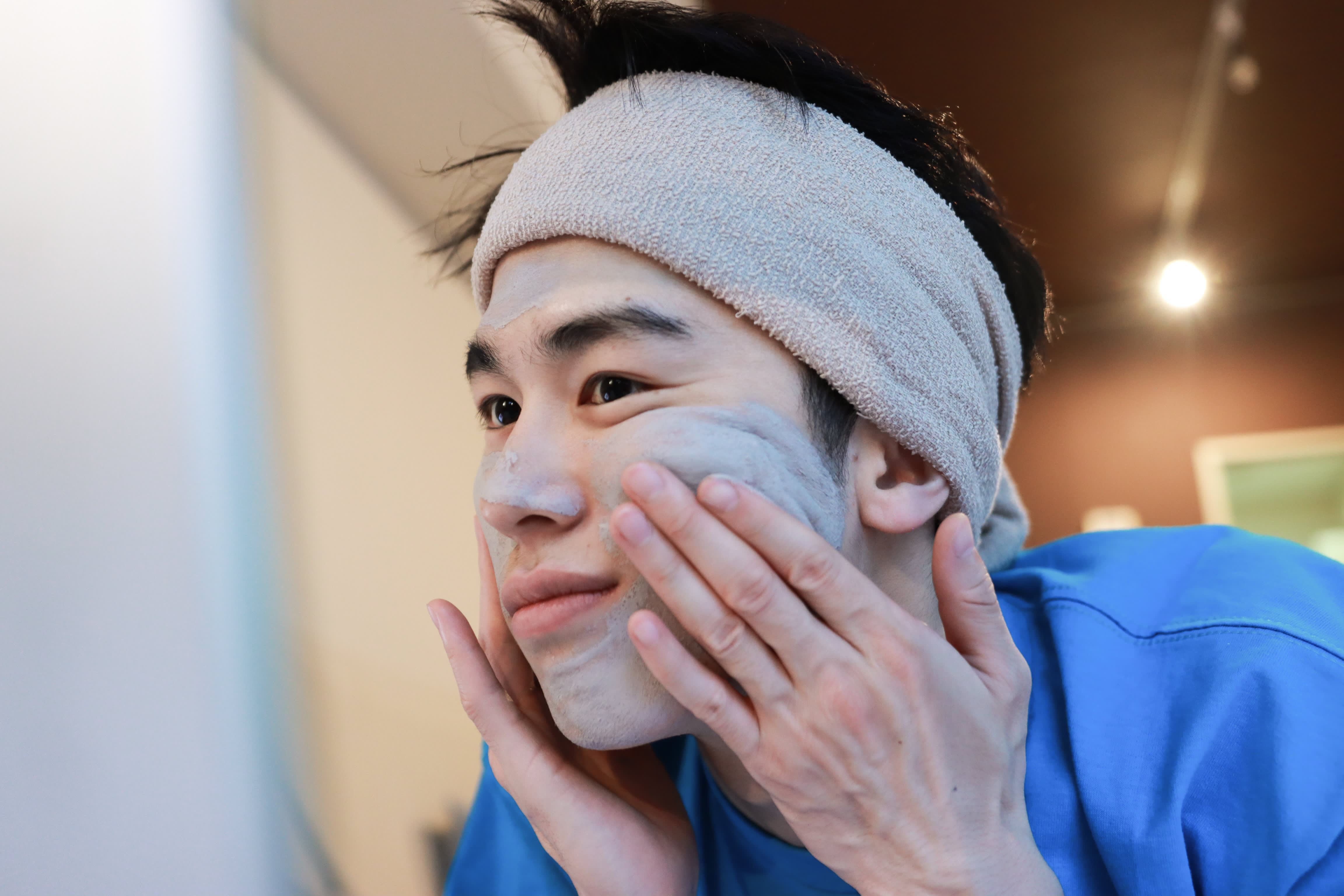
A newly created market in Southeast Asia, the Pacific and the Middle East will account for most of L’Oreal’s new business over the next decade, with men making up a large part of it, said the French cosmetics giant .
The combined geographical area, internally called SAPMENA, will cover 35 markets in South Asia Pacific, the Middle East and North Africa. Headquartered in Singapore, the new area responds to shared consumer trends and growth opportunities, said the region’s president, Vismay Sharma.
“This region, or SAPMENA as we call it … will be a major growth engine for us. This is where we will acquire the largest number of consumers in the next decade,” he told CNBC on Wednesday.
The move also makes sense demographically, Sharma said. Collectively, the region is home to 40% of the world’s population with an average age of 28 years.
“More than 40% of consumers (in the region) are under 25,” he said. “This makes it extremely exciting for us and a very strategic market for the future.”
The 112-year-old company is trying to adapt to changing consumer habits and new markets while staying relatively well during the pandemic. Sales rose 10.2% in the first quarter of 2021, returning to levels close to the pre-pandemic.
kyonntra | E + | Getty Images
However, Sharma said the coronavirus crisis had driven certain categories, including health and wellness and the demand for sustainable products.
Men’s cosmetics have also seen an increase in late demand. Japanese beauty company Shiseido reported double-digit growth in one of its men’s makeup lines in 2020, as male consumers became more aware of their appearance during pandemic-induced video conferencing. .
Sharma said he hopes interest in men’s cosmetics will continue, especially in the SAPMENA region.
Particularly in Asia, we can see that men are much more demanding on their skin, on the fragrances they wear and on their hair.
Vismay sharma
president (SAPMENA), L’Oreal
“In the past, men did not use enough beauty products, so the penetration was much lower, per capita consumption was much lower, the frequency of use was much lower,” she said.
Now, “especially in Asia, we can see that men are much more discerning about their skin, about the fragrances they wear, about their hair,” he continued.
“This part is becoming extremely interesting. In terms of growth rates, we see that significant growth is coming from this part.”
However, it is true that, in absolute terms, women will continue to be a significantly larger consumer base of beauty products for some time to come, she noted.